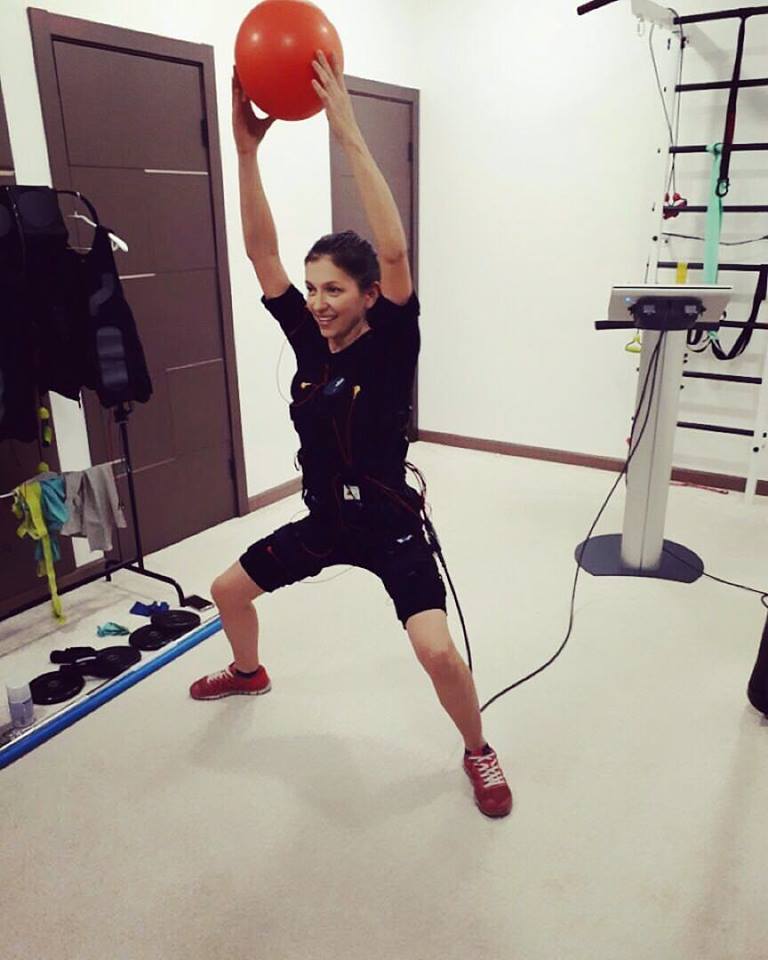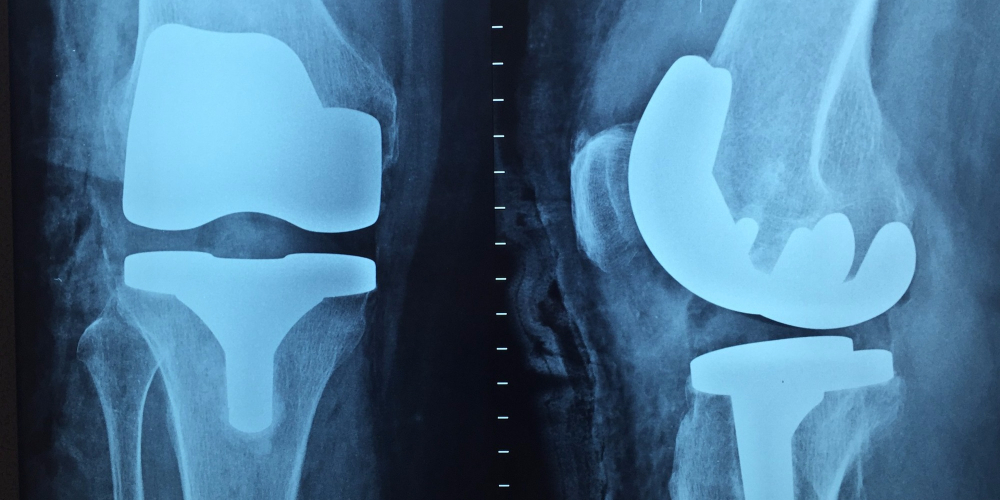Planning for Injury Rehabilitation with a Focus on Strength Training
Coming back from an injury can be a uniquely difficult experience. You probably will at some point in your life go through the process of recovery for some kind of injury. Starting or returning to a regular exercise routine that utilizes strength training can be similar to finding a miracle drug. Your body is incredibly well prepared to deal with the everyday forces of life, but adding strength training to your workouts can help make significant improvements in its durability and assist with reducing your overall recovery period.
Have a Recovery Plan
Your rehabilitation or recovery from an injury is going to require restoration of strength, endurance, flexibility, and power in order to achieve full functionality. Implementing a recovery plan can help you to deal with the struggles that you may meet during your rehabilitation post-injury. It can provide you with the focus required to set and achieve attainable goals and outline the expectations throughout your recovery. Below are some key points to get you started with establishing an effective recovery plan.
The acute stage of your injury
During the initial aftermath, you should focus on reducing inflammation and swelling. You should adhere to the RICE method during this period. Depending on the severity of your injury, you may need to undergo surgery, use casting, bracing, crutches, or a wheelchair. Aids such as these can provide the necessary support and stability for an injury so that you don’t end up doing even more damage. For additional details, see www.vivehealth.com.
Maintaining your fitness
During the healing period, you can work to maintain your fitness. You may want to consult with your doctor or physical therapist if you need guidance for specific exercises that do not put you at risk for re-injury. Maintaining your fitness during this period can be helpful in speeding up your recovery as well as sustain your progress.
Restoring strength and range of motion
For a lot of injuries, you can nearly immediately begin moderate exercises to assist with your range of motion. The focus here is to limit your exposure to unnecessary stress or strain while regaining strength in the affected body part.
Functional training
At the point where the affected area has regained its strength, you can begin specific exercises centered around agility and balance to assist you in restoring coordination that you may have lost because of your injury. It is extremely important that you take it slow at this point because you are most likely still not going to be at 100%.
Movement-specific exercise
During this period of your rehabilitation, you should be focusing on movement patterns that relate to your sport or particular fitness routine. These functional drills should only begin once you have progressed and can withstand the physical demand.
Back to business
Now that you are ready to return to your normal routine, you should focus on paying particular attention to properly warming up and cooling down before and after physical activity. This should help you minimize the risk of reinjury.
Health Benefits of Exercising Post Injury
Exercising after an injury can have some serious health benefits. It can ensure that there is circulation of necessary nutrients and fluids that improve your body’s ability to handle and recover from an injury. It can also improve your immune system response to assist with ensuring that some other issue isn’t able to take hold and keep you sidelined. Realistically, regular physical activity encourages your body’s systems to operate the way they are supposed to and promotes their efficiency. It may not be able to normalize everything, but it does stimulate a wide amount of homeostatic and adaptive mechanisms.
The Importance of Conditioning During Recovery
Strength training can help you to build vital skeletal muscle, strengthen muscles, connective tissues, tendons, and ligaments which can better assist your body with prevention of injury. It also works to improve overall performance, especially with everyday activity. Focusing your strength training on improving your range of motion during exercise can help to increase your body’s overall flexibility which can reduce the risk of pulled muscles.
Strength training is an effective tool for dealing with your body’s composition. While this may not directly affect your weight, improving your metabolism can certainly assist in replacing body fat with healthy muscle. The direct correlation is noticeable when measuring your waist size as opposed to weight.
Conditioning through strength training can also help you build muscular adaptability which assists in preventing fatigue. This can be paramount to recovering from and preventing future injury. It helps to ensure that your physical structure can meet and exceed the demands of any activity. It also assists with improving the delivery of essential nutrients and oxygen-rich blood, as well as the exchange of vital fluids such as synovia which are required for optimal performance of your body as a whole.

